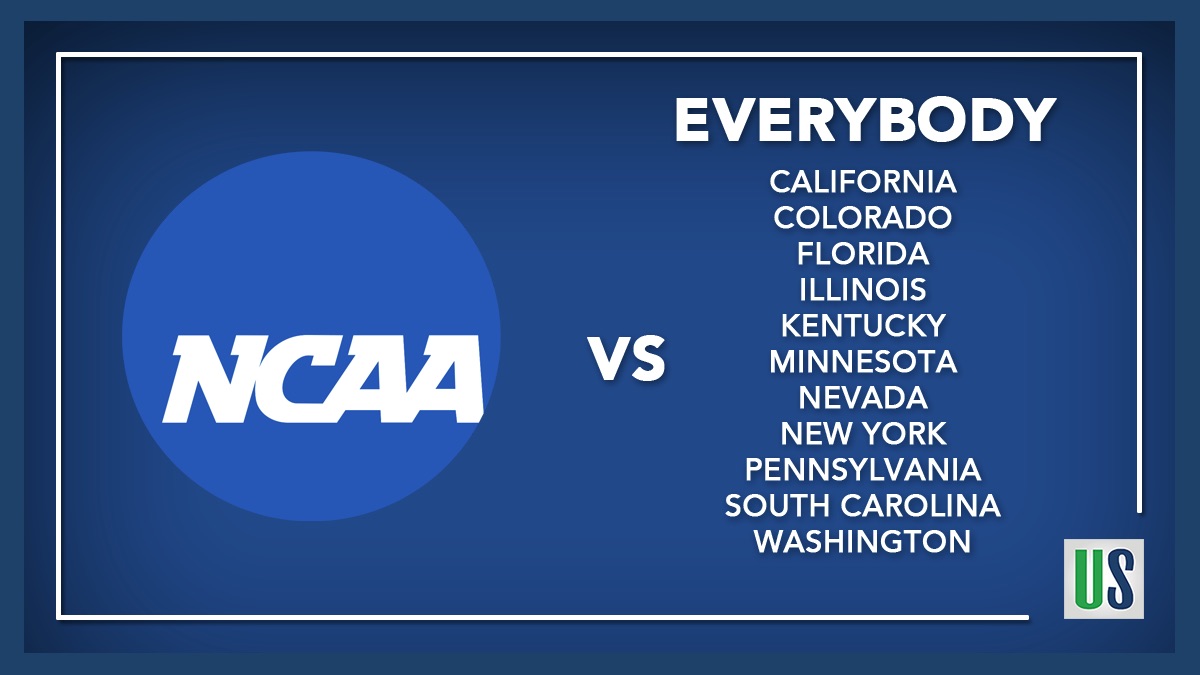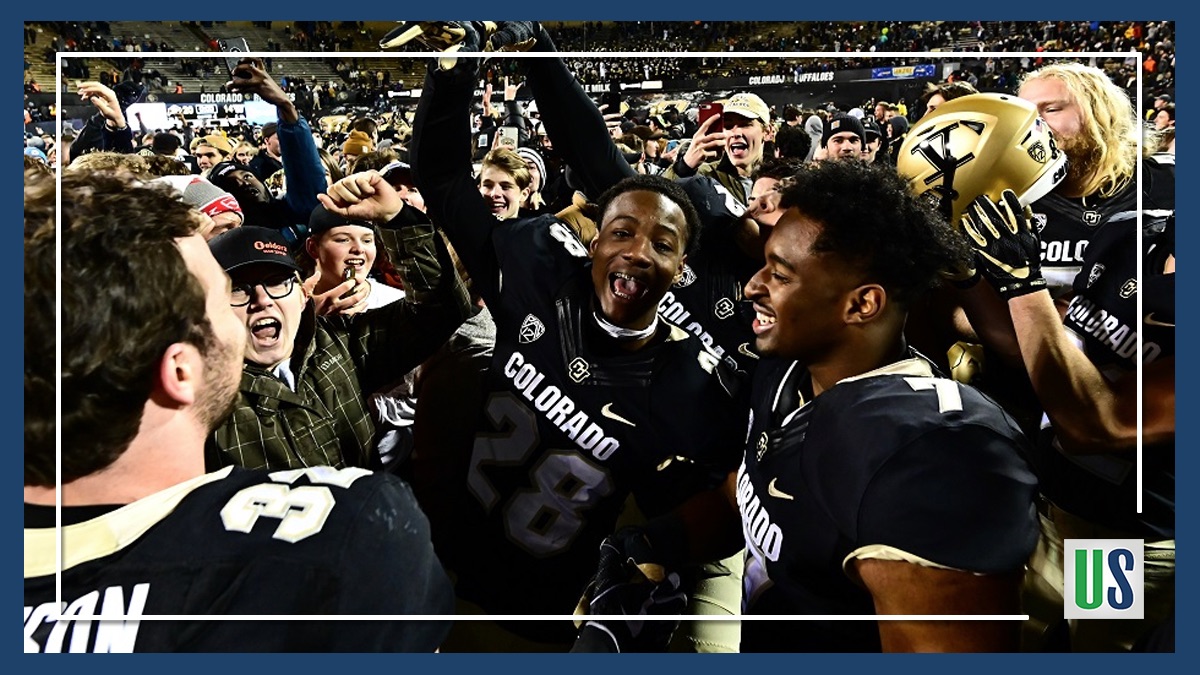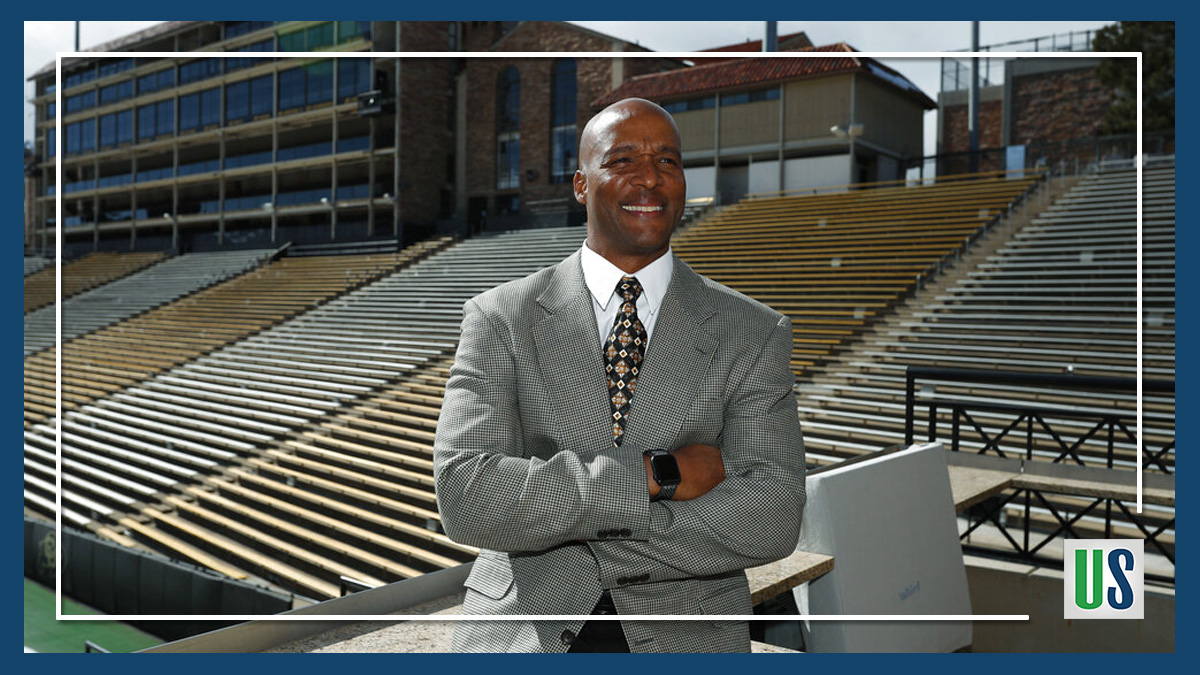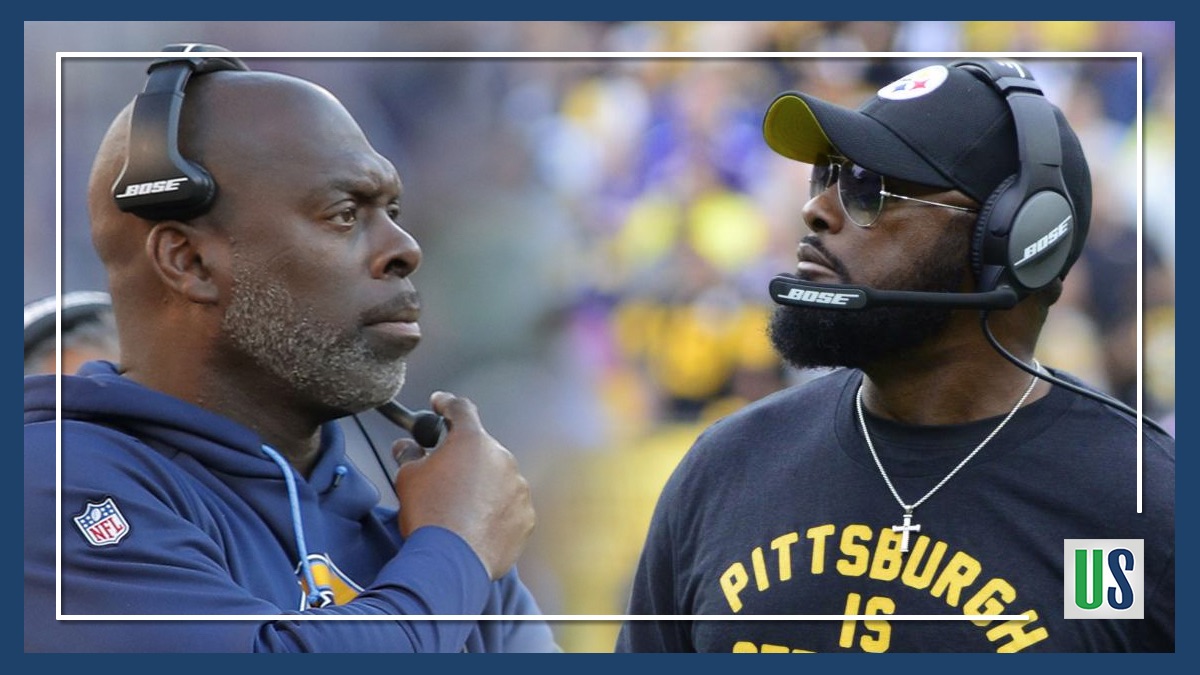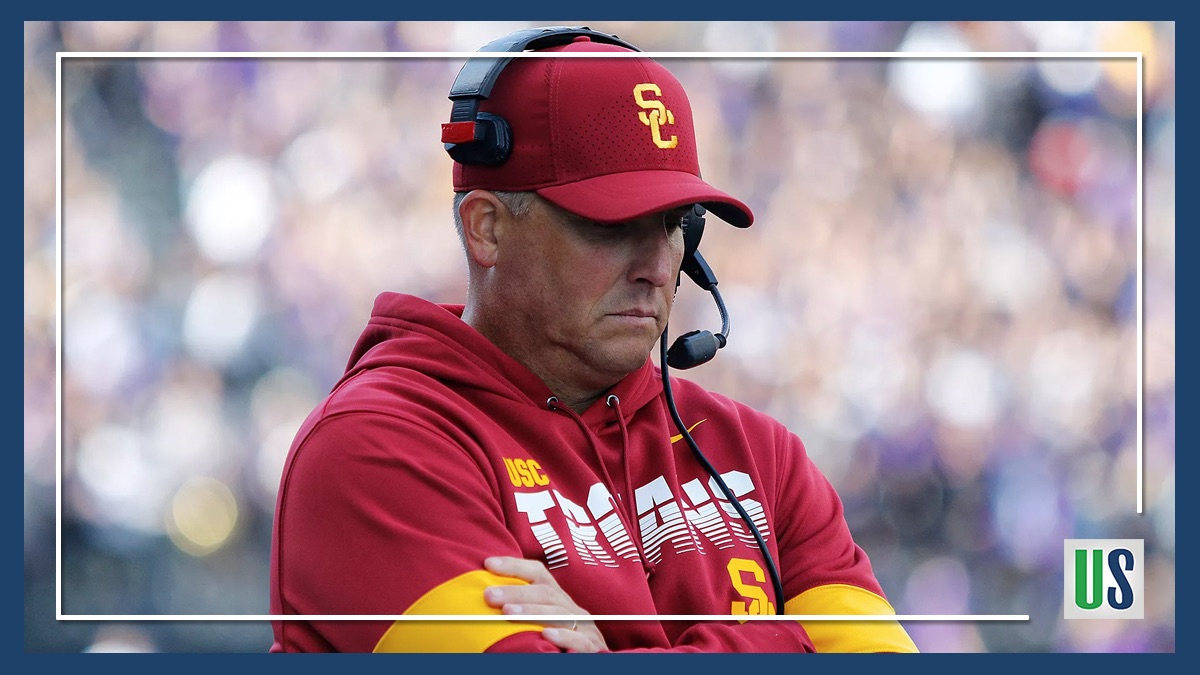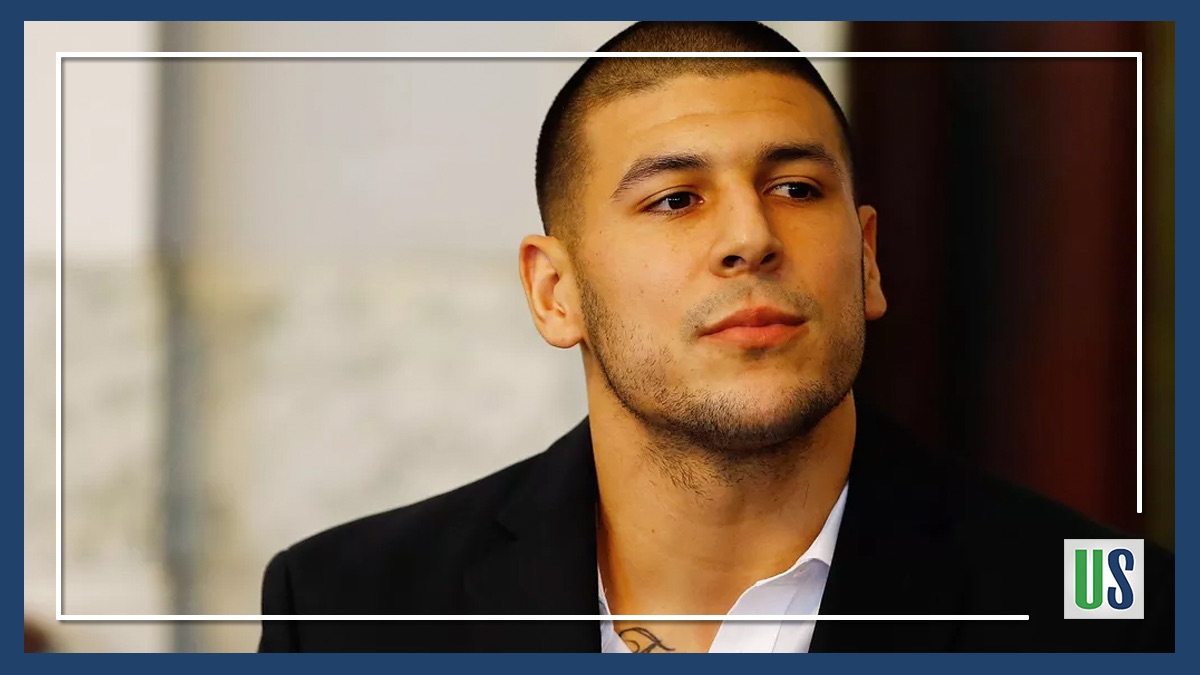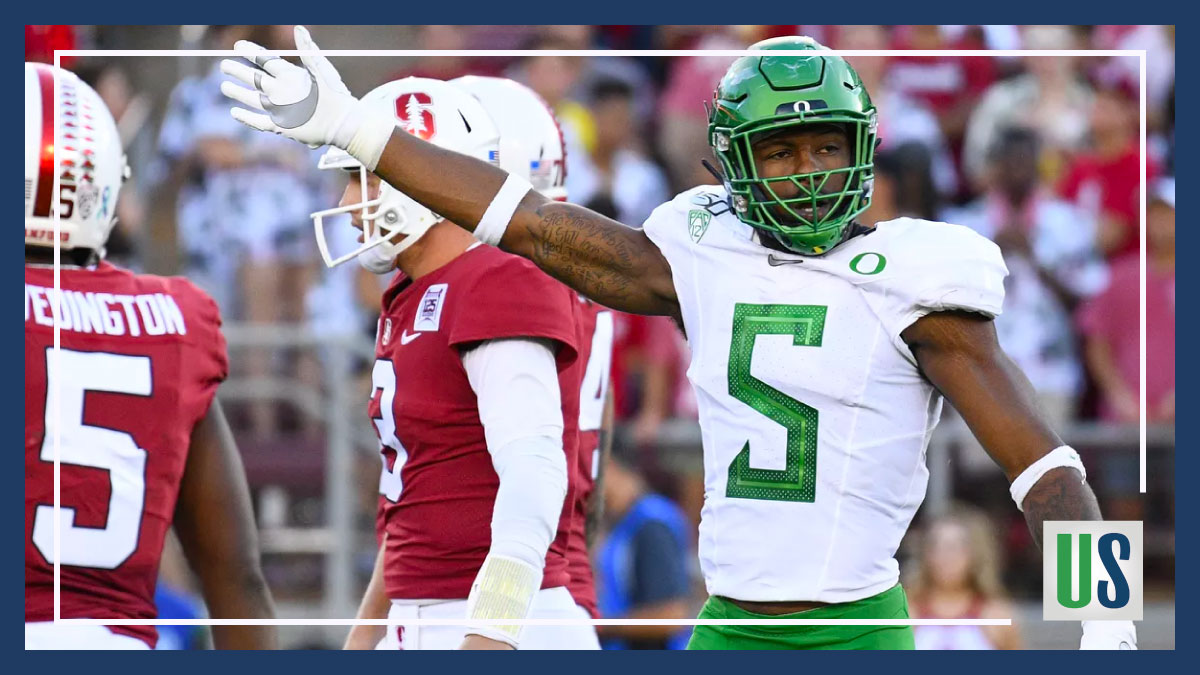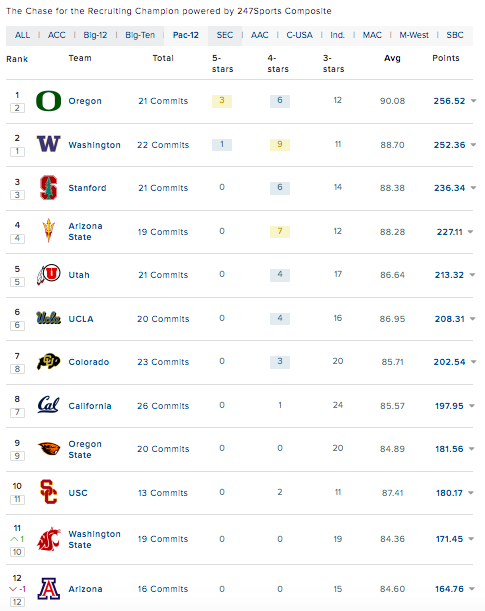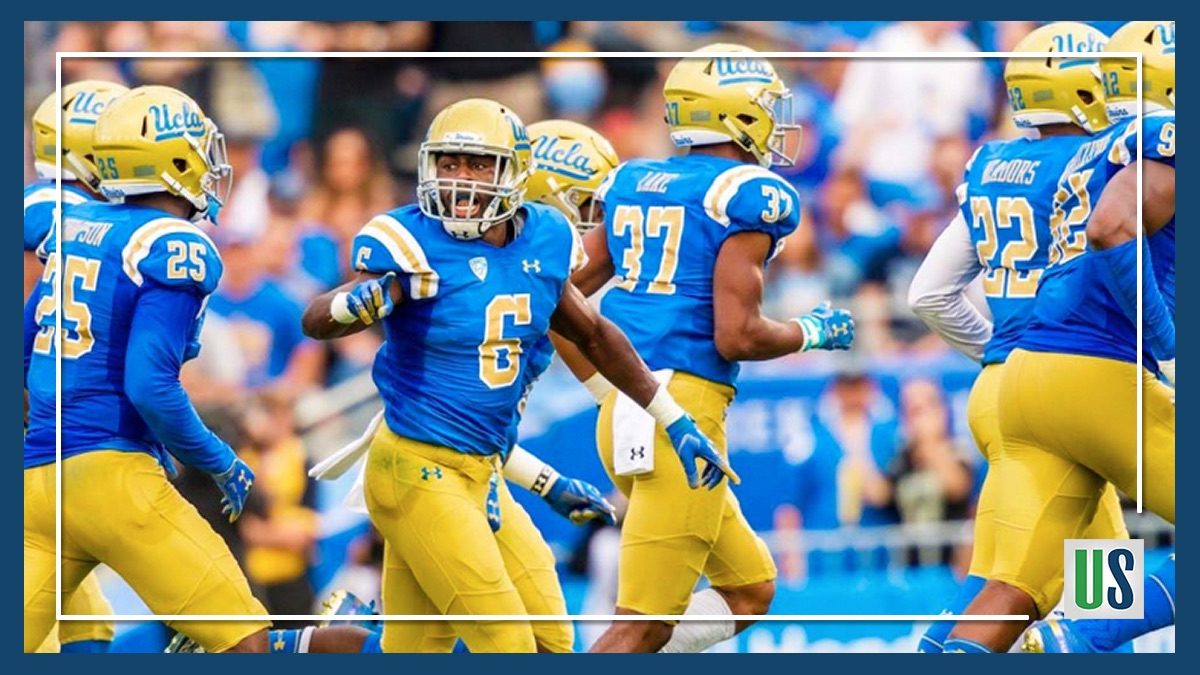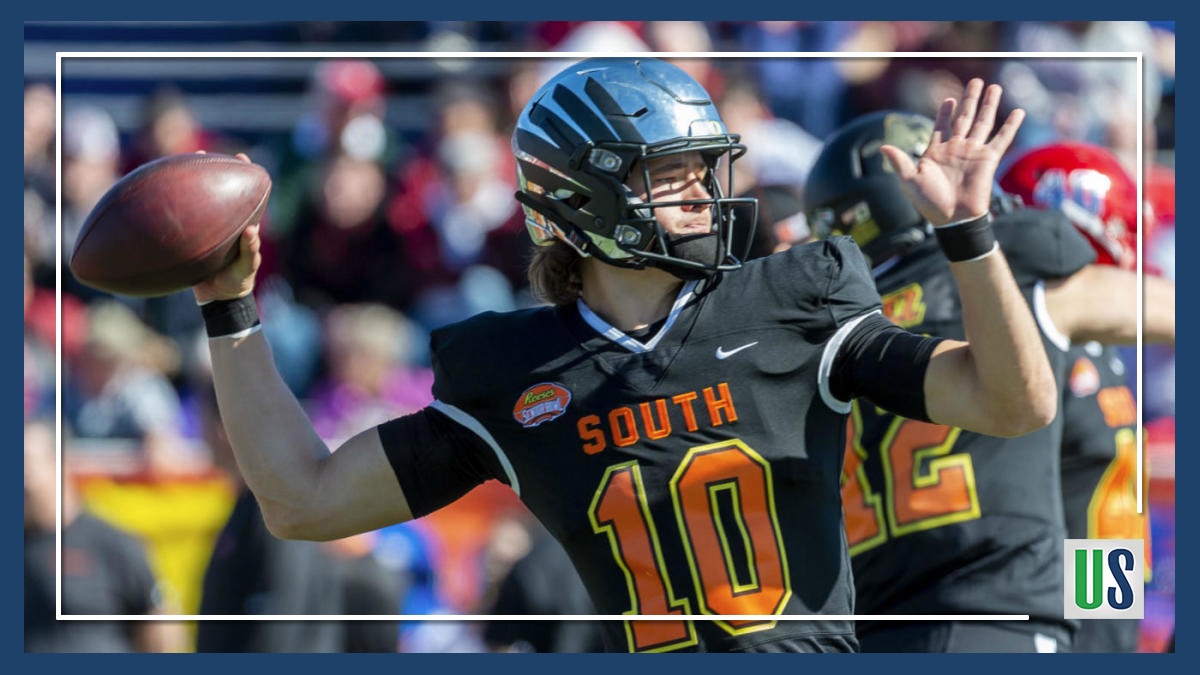Colorado Buffaloes Football has had a tough time shining in the national spotlight this past decade. However, the new decade brings a fresh start for the Buffaloes. Karl Dorrell, who is “in for the long haul”, will try to put a stamp on what Colorado Buffaloes football is.
There may not be any more “Relentless” hashtags. Dorrell brings a calming presence to a Colorado Buffaloes Football program that has had more vocal coaches with Mike MacIntyre and Mel Tucker in the past. However, Dorrell was able to keep familiar faces around. He was given a great recruiting class in his first year. Also, he has a team with battle-tested players, as the Buffaloes were in seven one-score games last season.
There is a foundation that could lead to success for the Buffaloes. Now, the job is to keep building and contributing to the culture at CU.
Maintaining Continuity at the Coordinator Position First Key to Success for Colorado Buffaloes Football
Having Darrin Chiaverini returning as offensive coordinator will help keep some continuity for the Buffaloes. Even though Laviska Shenault declared for the draft, the Buffaloes have leadership on offense starting with wide receiver K.D. Nixon. Nixon decided to return for his senior season after initially declaring for the NFL Draft.
On defense, the Buffaloes still will be led by Tyson Summers. Their front seven will be led by Mustafa Johnson and Nate Landman. They also return Derrion Rakestraw in the secondary. The defense has the veteran leadership. They could see more improvement in 2020 after making strides in 2019.
Listen to the Best Pac-12 Podcast
Building Upon the Recruiting Class Could Be Biggest Indicator of Buffaloes’ National Relevance
Colorado is currently ranked 36th in 247 Sports’ 2020 Football Team Rankings. They are 7th in the Pac-12. Many credit the job Mel Tucker was able to do with recruiting in his one year in Boulder. However, many things have changed since Karl Dorrell took over. Antonio Alfano was suspended indefinitely by the program after violating team rules. Alfano, who transferred from Alabama, was looked at as one of the major victories that Mel Tucker had in recruiting.
Darrin Chiaverini is regarded as the Buffaloes’ best recruiter. He is the recruiting coordinator, and helped to bring in a wide receiver class this year. Brenden Rice, the son of Jerry Rice, was a major victory for the Buffaloes in recruiting. The Buffaloes need to get a top-40 recruiting class in 2021. Achieving this would be great for the long-term hope of Colorado football returning to national relevance.
Keeping Games Close Important for Immediate Success of Colorado Buffaloes Football
Colorado was in seven one-score games in 2019. Their record in those games was 4-3. However, the Buffaloes were rarely the team blowing out their opponents, as they lost three games on the road by 30-plus points, and had a 17-point loss to UCLA. To become more nationally relevant, the Buffaloes will have to prove they can compete against the conference’s best.
However, some of the Buffaloes’ one score wins were impressive in 2019. They beat an up-and-coming Arizona State team in Tempe last season. Arizona State is one of the favorites in the Pac-12 South to start the 2020 season. The Buffaloes proved they are capable of playing up to their competition at home, as they had a close loss at home to USC last season. However, this competitiveness the Buffaloes displayed did not transfer on the road. Their losses were ugly, including against Oregon.
The Ducks will be coming to Boulder when the Buffaloes open up Pac-12 play on September 26. This game will be one of the “litmus tests” for the Buffaloes this season. Will this be the game where the Buffaloes showcase their improvement under Karl Dorrell, or will it be more of the same?
Fans are hoping for improvement, but many times their early season hopes have been erased rather quickly. The Buffaloes have a tough schedule in many regards this season. However, making a bowl game is an attainable goal for the Buffaloes. They have experienced close games, have the continuity to build upon success, and have been making inroads on the recruiting circuit.

